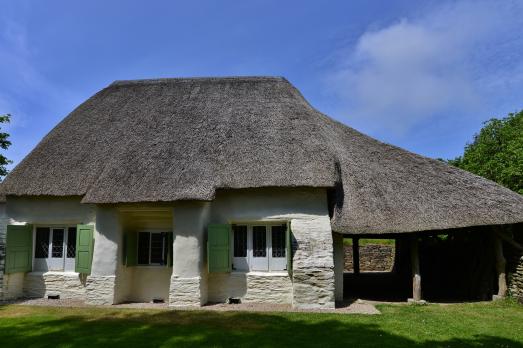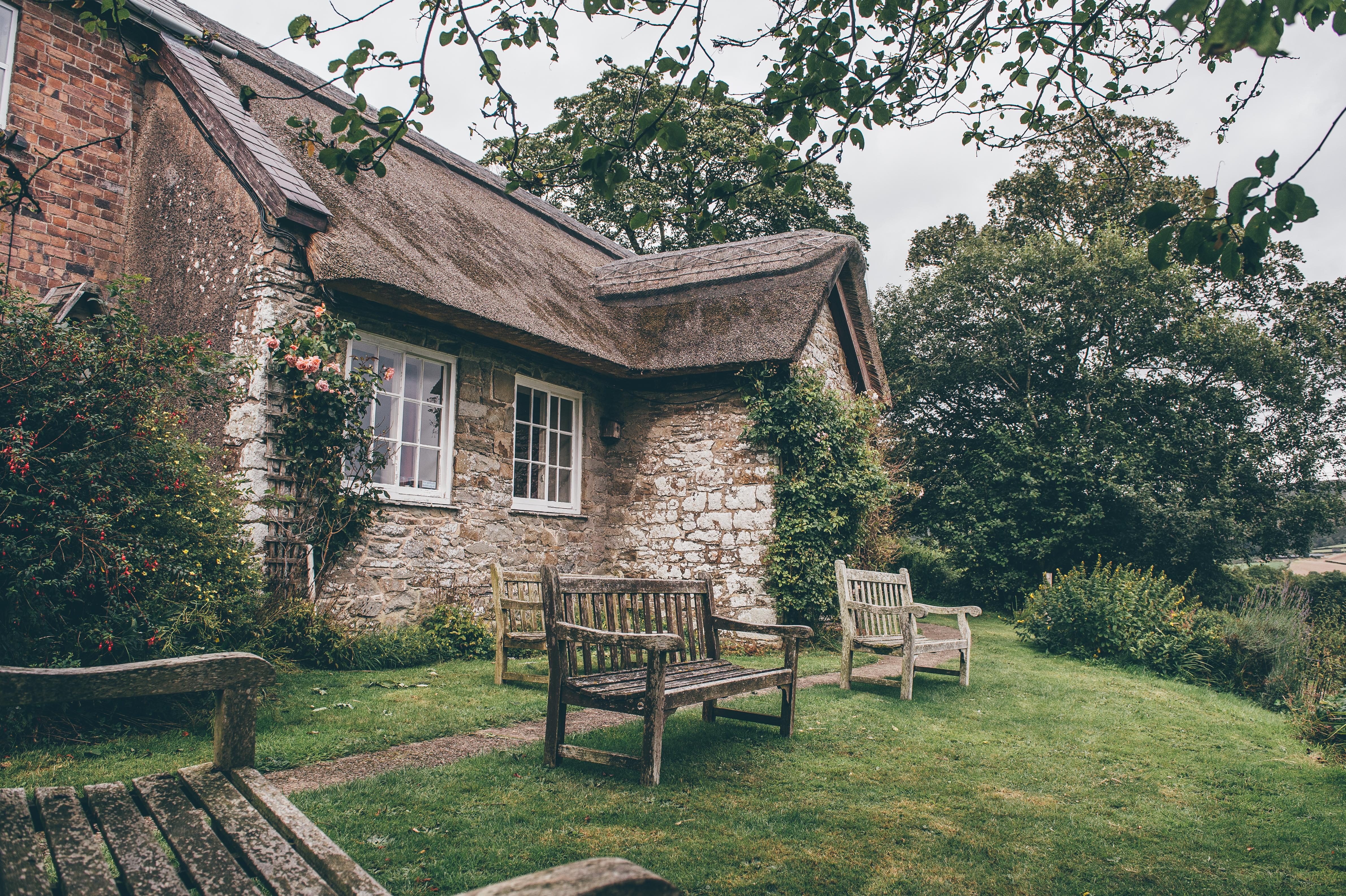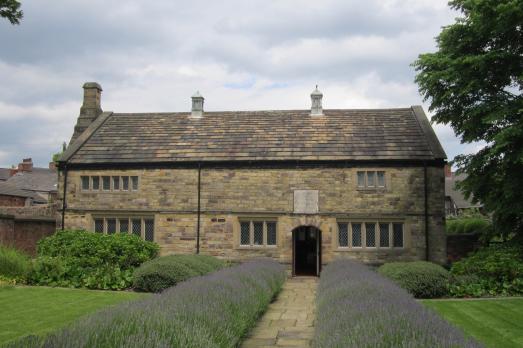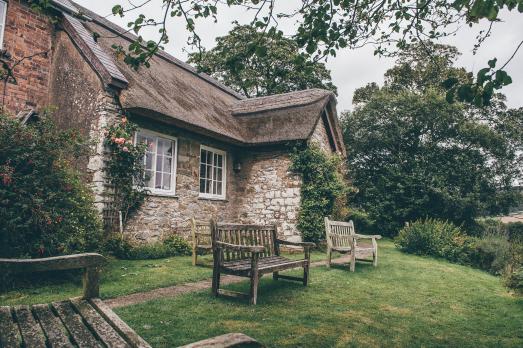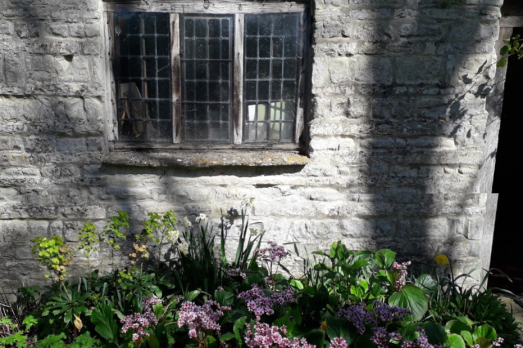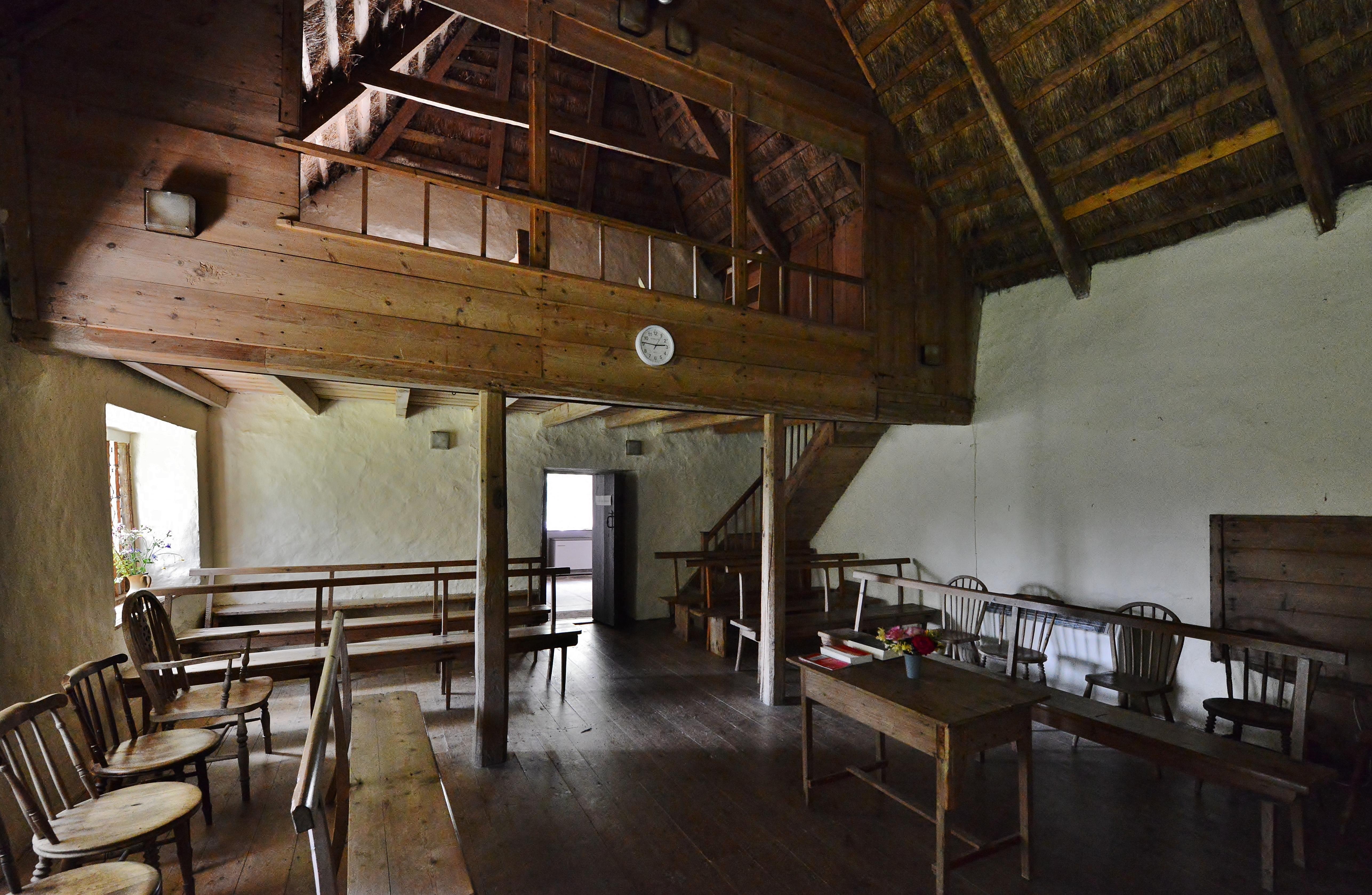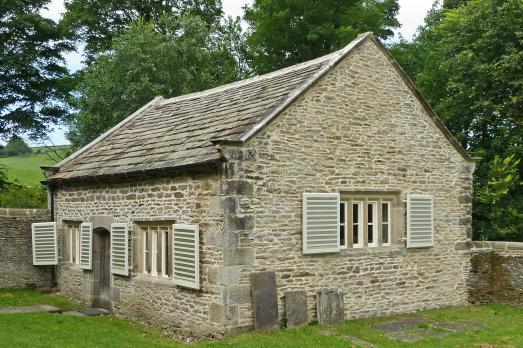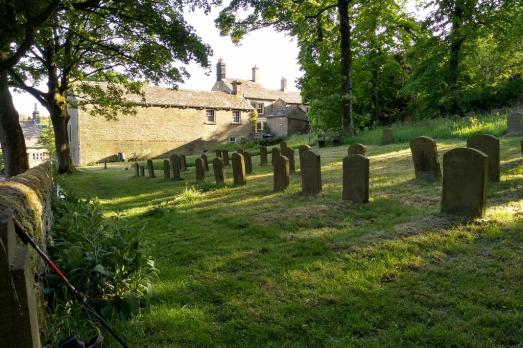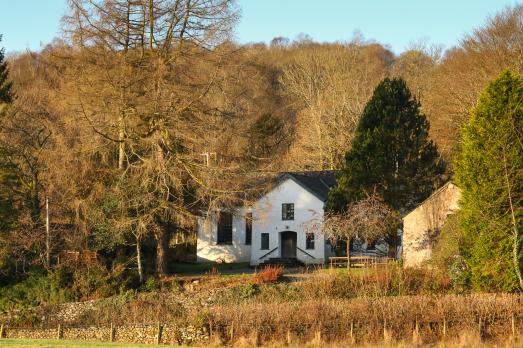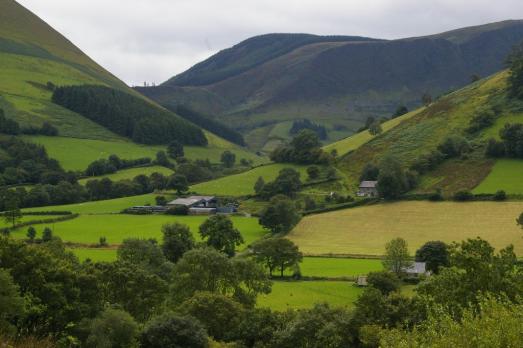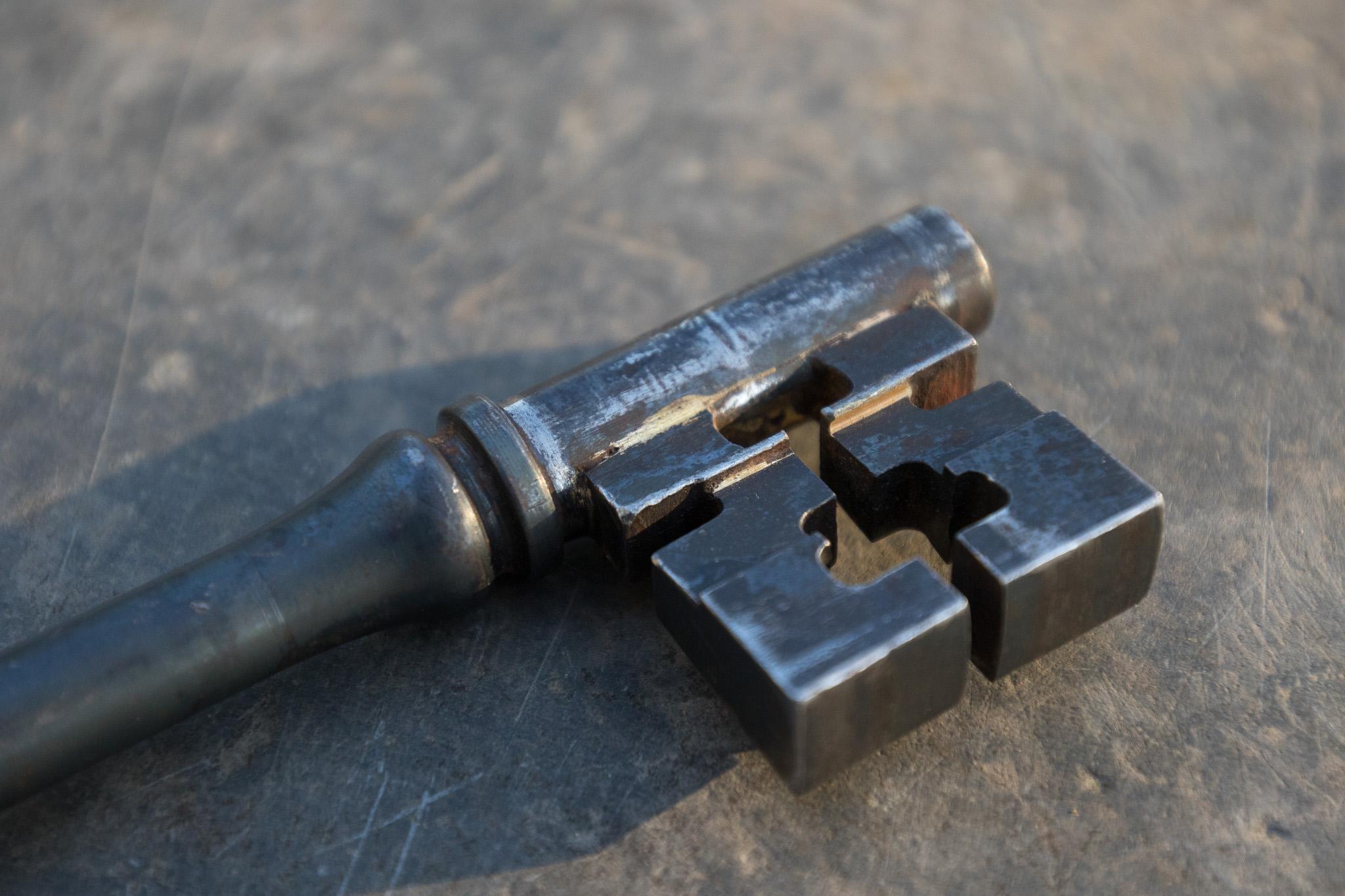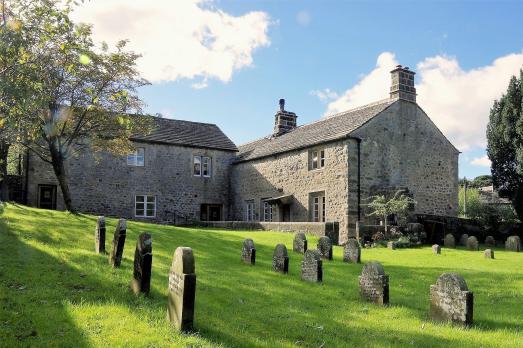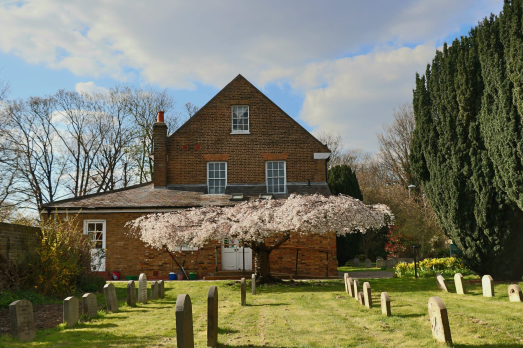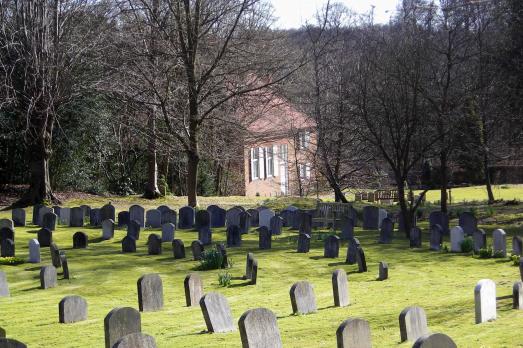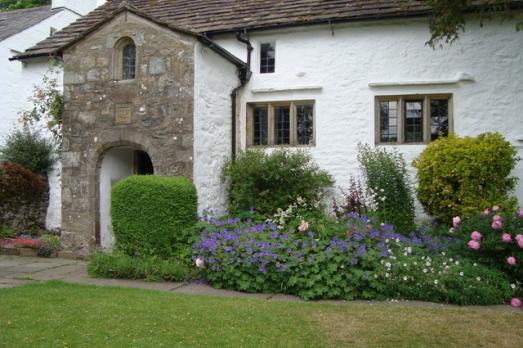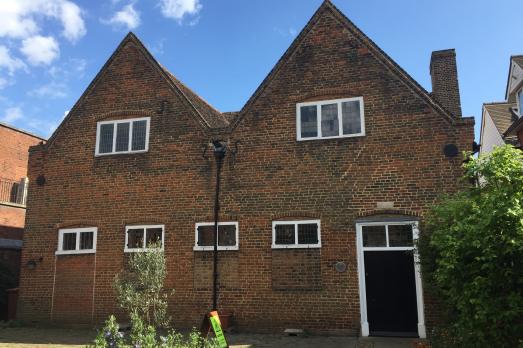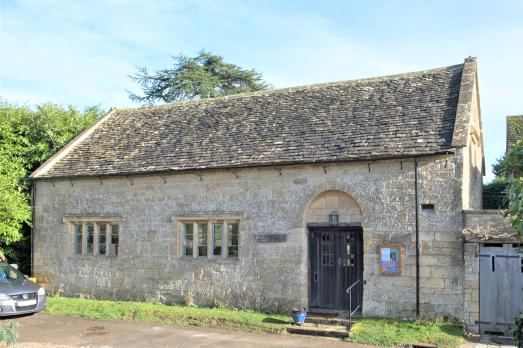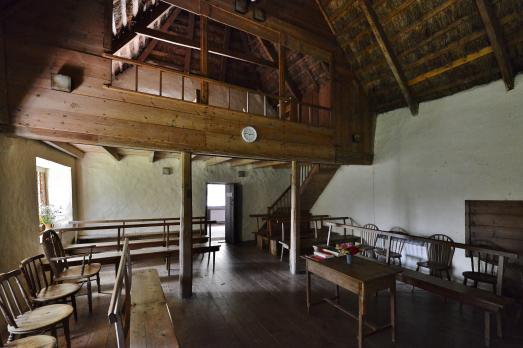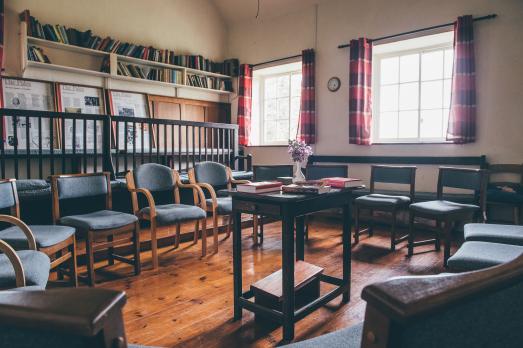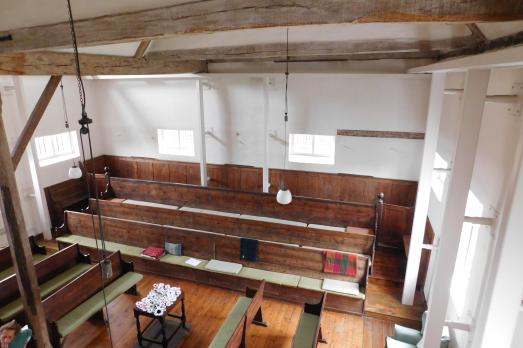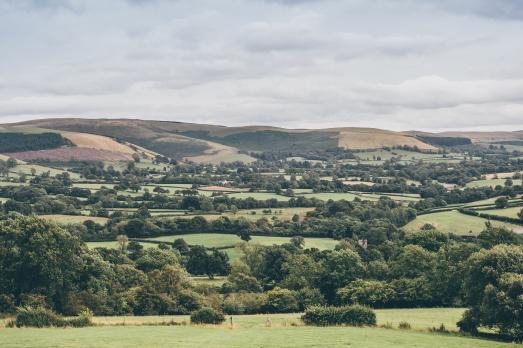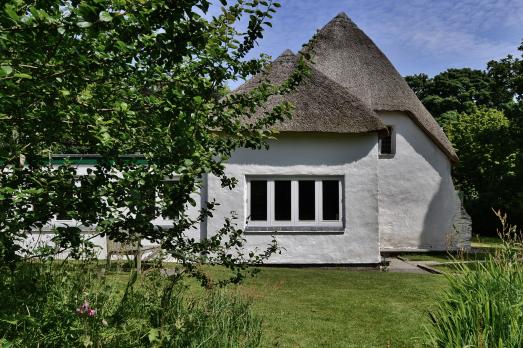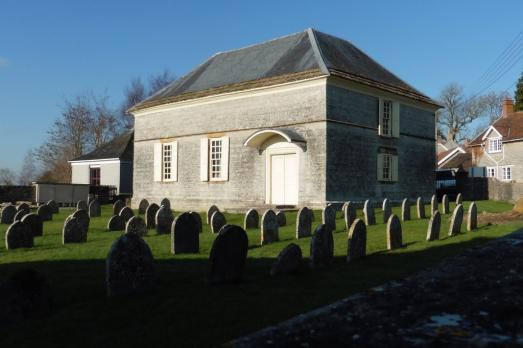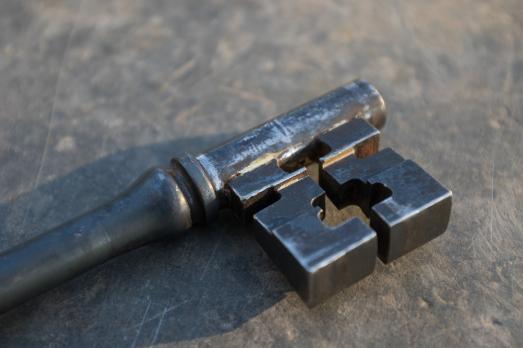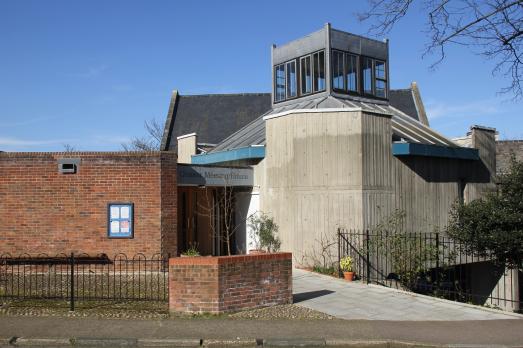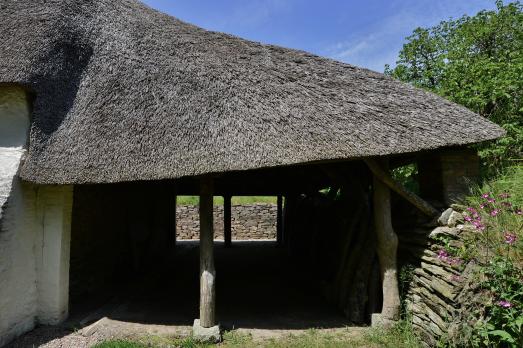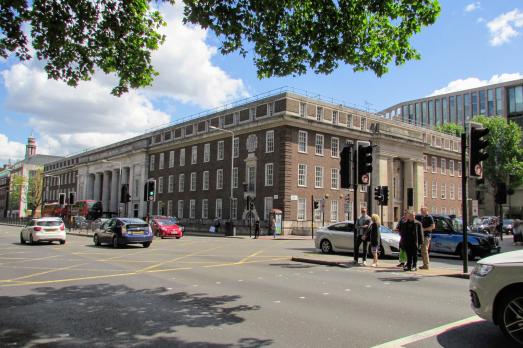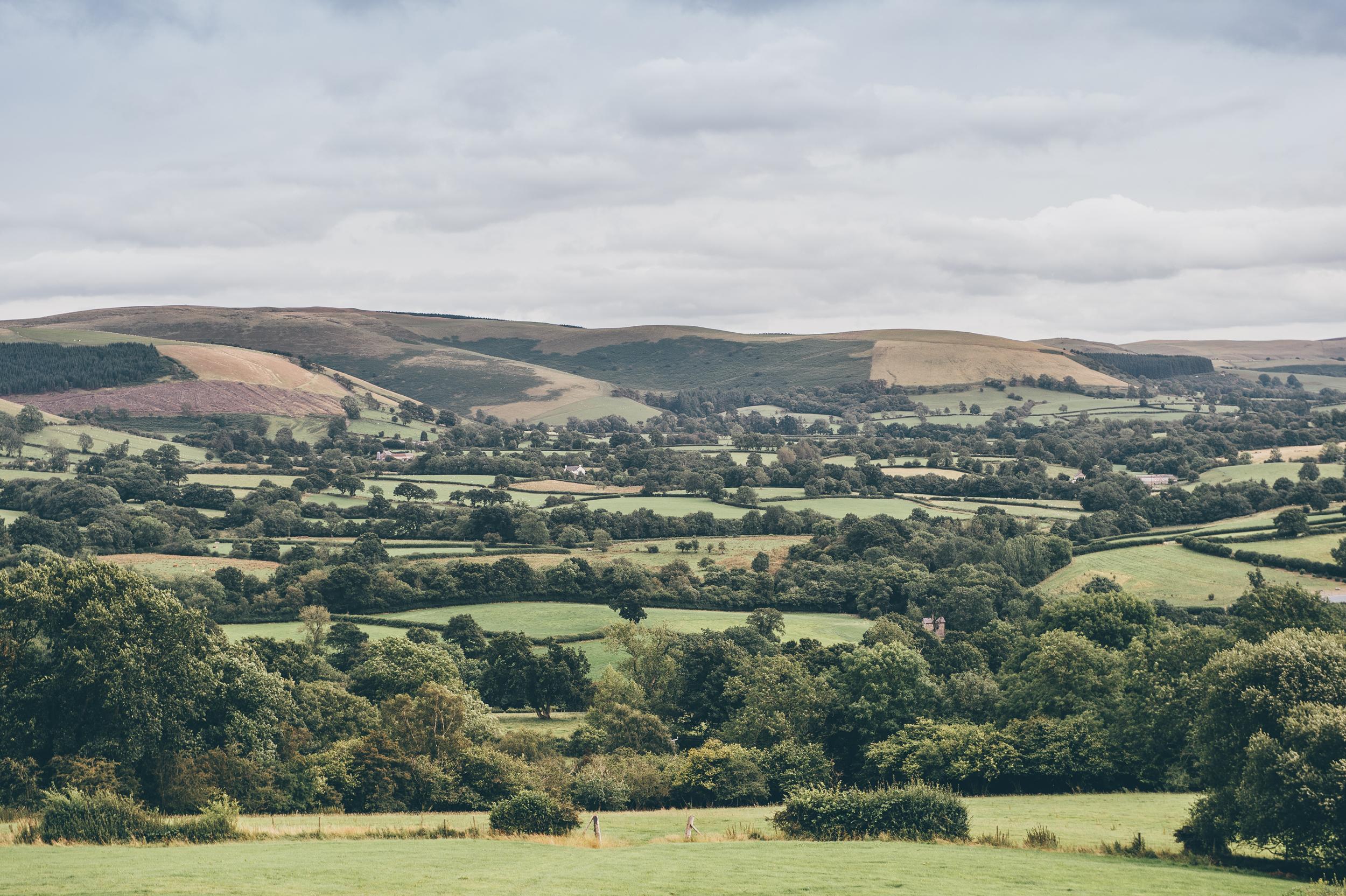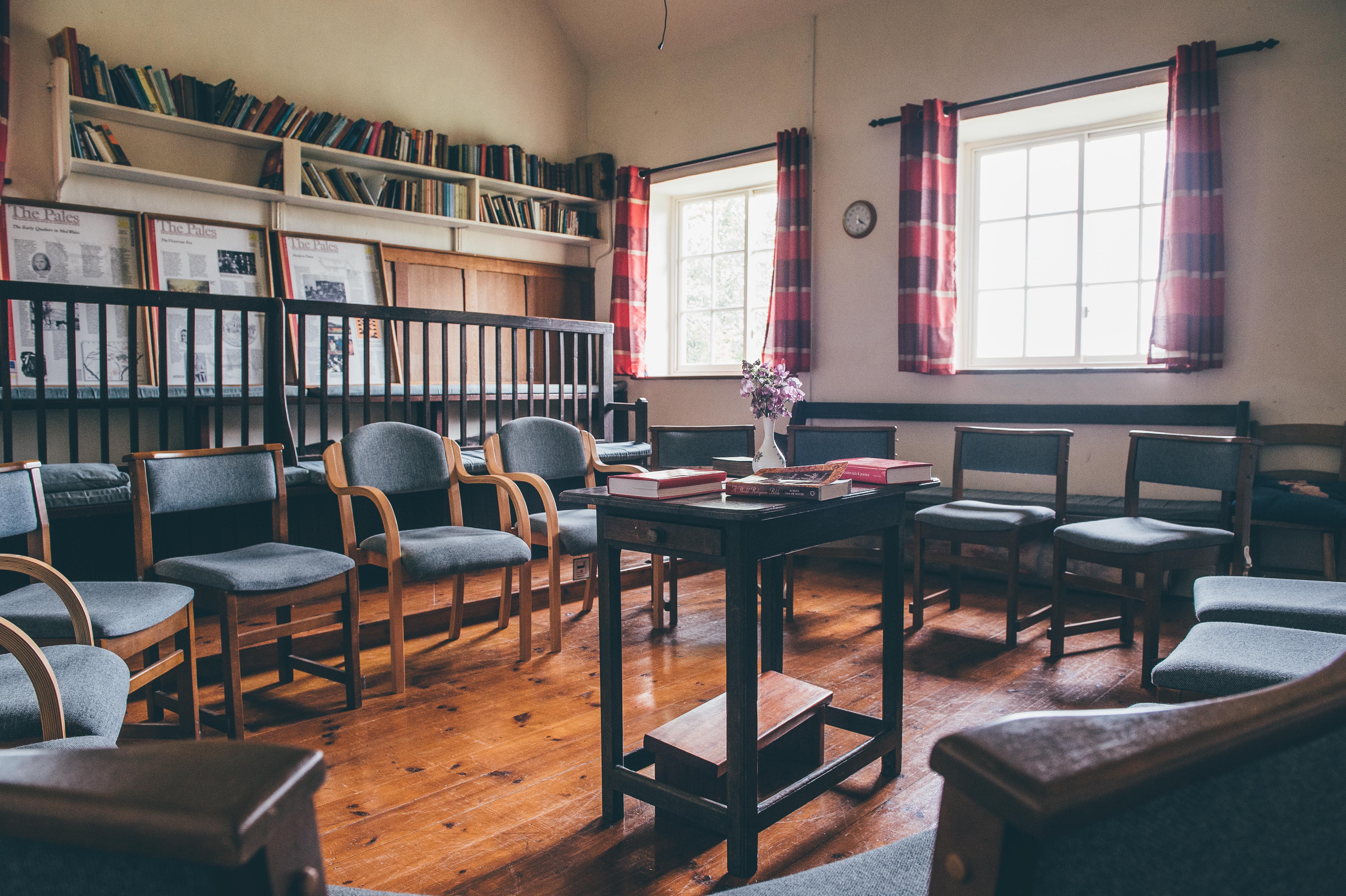The deliberate simplicity of Quaker places of worship
by Margaret Bailey, volunteer
Quakers have their origins in the religious and political turmoil of the mid 17th century. George Fox, the main protagonist of the movement, turned his back on the established church and claimed that each person can have a direct relationship with God, with no need for priests or steeple houses. Instead Friends met for silent worship in barns, orchards, hilltops and homes.
Intolerance and persecution were constant threats, but Quakers were singled out by the 1662 Quaker Act. A few meeting houses were built in this time of persecution, indicating that there were Friends determined to openly demonstrate their faith even in the face of persecution, but most are from after the 1689 Act of Toleration.
Historic meeting houses sit well within their landscape, often reflecting local building traditions and materials. They are simple spaces, often plainly plastered and lime washed with a floor of plain stone or boards. Many historic meeting houses have bench seating facing a raised platform or stand for Elders. Some retain wooden partitions used to create a distinct spaces.
Today, they are an escape from the hustle and bustle.
